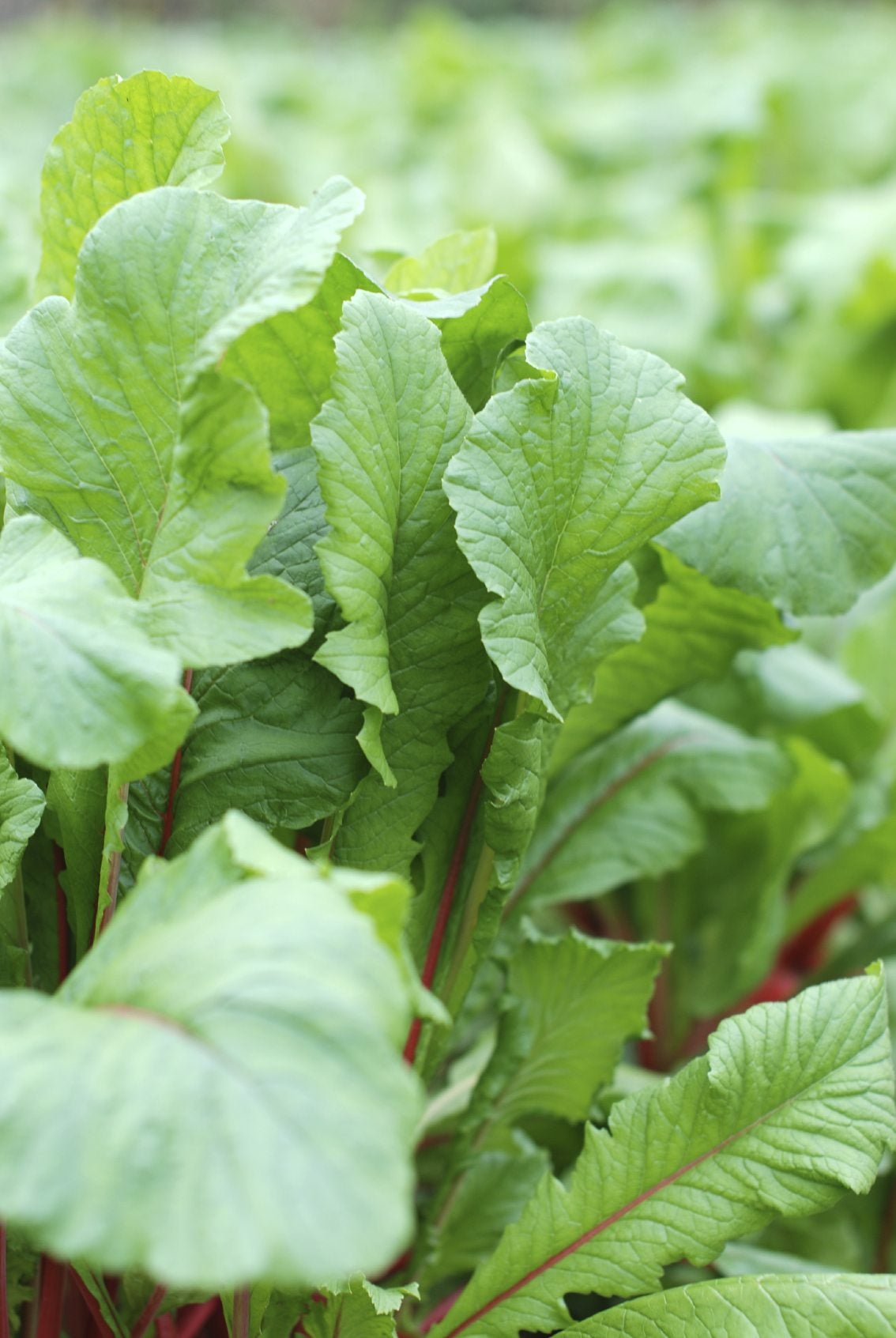Why Do Radishes Not Form: Reasons A Radish Does Not Form Bulbs


Radishes are one of those rapid growers that delight the gardener with their early appearance. The fat little bulbs are a crowd pleaser with their zesty flavor and crunch. Occasionally, radishes don’t form, which is a puzzler in such an easy to grow, quick crop. If you have a new planting bed, there are several cultural reasons for this. In established beds, weather is often the culprit when radish plants only grow tops. Follow your eyes down to explain “why do radishes not form” in different scenarios.
Reasons a Radish Does Not Form Bulbs
With their nippy flavor and chubby rounded bodies, radishes are pleasing even to children and picky vegetable eaters. Another attractive attribute is how quickly you can eat them from seed to edible root. Most varieties are ready in 3 to 4 weeks, a relatively low seed to produce time when compared to many crops. If you are wondering why do radishes not form in your seedbed, perhaps you haven’t prepared the soil correctly or you may be combating Mother Nature. Relocation, proper cultivation and thinning will often solve the problem. Radish plants produce thickly leaved tops with the bright edible fruit hidden under the soil. Once your tops are fully leaved and a month has gone by since seeding, it is natural to want to eat them. But lo and behold, once pulled the radishes don’t form. Instead, you are stuck with a handful of greens. Although the greens can be very tasty, they aren’t the prize for which you waited. Figuring out why radish plants only grow tops can be very frustrating. In new beds, it is often because you didn’t loosen soil deeply enough. As a root crop, radishes depend upon loose soil to expand and develop thick roots into bulbs. Excess nitrogen in soil and neutral acidity will also slow the forming of radishes. A common cause of radishes not growing bulbs is overcrowding. Overcrowded radishes don’t have the room they need to produce fleshy bulbs, so thinning to two inches (5 cm.) apart can help promote bulb formation. Radishes like full sun and need a minimum of 6 hours of light to produce adequate bulbs. Additionally, radishes are a cool season vegetable and will bolt in hot weather, choosing to produce seed rather than fat little bulbs. When temperatures reach 80 degrees Fahrenheit (26 C.), you can expect the plants to focus on forming flowers rather than roots. In areas with rainy springs, boggy, heavy soil will waterlog the plants and cause them to stop producing bulbs and concentrate on leafy tops. Sometimes, when radishes don’t form, changing sowing time and location are the simple steps needed to have future successful crops.
Tips for Radishes Not Growing Bulbs
If your crop of radish does not form bulbs consistently, you need to attack the problem culturally and with situational tactics. Choose a seed bed that is in sun for most of the day but is not exposed during the high heat of the day. Morning or afternoon sun for 6 hours is sufficient for bulb formation. Prepare the bed by tilling in compost or sand, if heavy, and to a depth of at least 8 inches (20 cm.). Avoid incorporating lots of nitrogen into the soil, which will only promote leafy tops. Sow seed on the surface of the soil with just a sprinkle of covering earth. Planting time is also a contributing factor to lack of bulb production. Sow seeds as soon as soil is workable. You can sow successive crops until late spring but avoid sowing in summer, as radishes may fail to form and those that do tend to be cracked and bitter.
Sign up for the Gardening Know How newsletter today and receive a free copy of our e-book "How to Grow Delicious Tomatoes".

Bonnie Grant is a professional landscaper with a Certification in Urban Gardening. She has been gardening and writing for 15 years. A former professional chef, she has a passion for edible landscaping.